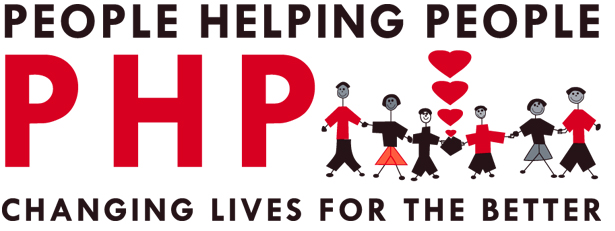By Dean Palius
This is another one of my columns with the theme of “oh yes it does.” What do I mean by this? Frequently in the Santa Ynez Valley, we get mesmerized with the natural beauty and use the “rose colored lens” of that splendor to assume that all of our citizens behave in an equally lovely way. Well, this community does have a wonderful spirit of kindness, goodwill, and charity. When a need arises the citizenry also rises to the occasion and help is soon on the way. The support of my own organization for 25 years, People Helping People, is a perfect example of the generosity of the community.
However, like communities throughout our state and nation we are not immune to the problems of the modern world. These problems include our population based percentage of issues including alcohol and drug abuse, child abuse, domestic violence, mental illness, and bullying. This is where many locals say “it just isn’t so” and I have to say “oh yes it is.” The statistics tell the truth. And, in some cases, the statistics paint an unflattering view. One of those instances involves bullying which according to the Centers for Disease Control (CDC) is a widespread public health problem. The CDC reports that in a 2015 nationwide survey, 20% of high school students reported being bullied on school property in the 12 months preceding the survey.
CDC defines bullying as “any unwanted aggressive behavior(s) that involves an observed or perceived power imbalance and is repeated multiple times or is highly likely to be repeated. Bullying may inflict harm or distress on the targeted youth including physical, psychological, social, or educational harm. Bullying can include aggression that is physical (hitting, tripping), verbal (name calling, teasing), or relational/social (spreading rumors, leaving out of group) and cyber bullying.”
Unfortunately, our Valley is not immune to the problem and impacts of bullying. In fact, we perhaps have a larger issue than we might expect. Here are the key statistics from the CA Healthy Kids Survey administered in public schools throughout the State: Over the past 8 years, our local 9th and 11th grade students report that an average of 40% of them have been verbally bullied at school; an average of 28% of 9th graders report that they have been physically bullied (pushed, shoved, or hit); and an average of 20% of 11th graders report physical bullying.
Any bullying would be unacceptable but these sorts of rates should set off an alarm bell. They are extraordinarily high and consistently 20% or more than the average of countywide high schools. Bullying is linked to many negative outcomes for both the victim and bully. The CDC reports that “bullying can result in physical injury, social and emotional distress, and even death. Victimized youth are at increased risk for depression, anxiety, sleep difficulties, and poor school adjustment. Youth who bully others or who are targets of this behavior, are 43% more likely to abuse alcohol and other drugs, and have an increased risk for academic problems and violence later in adolescence and adulthood.”
The above described statistics and risks for youth are the reasons PHP is passionate about bringing the problem of bullying to light and finding a community-wide solution.
